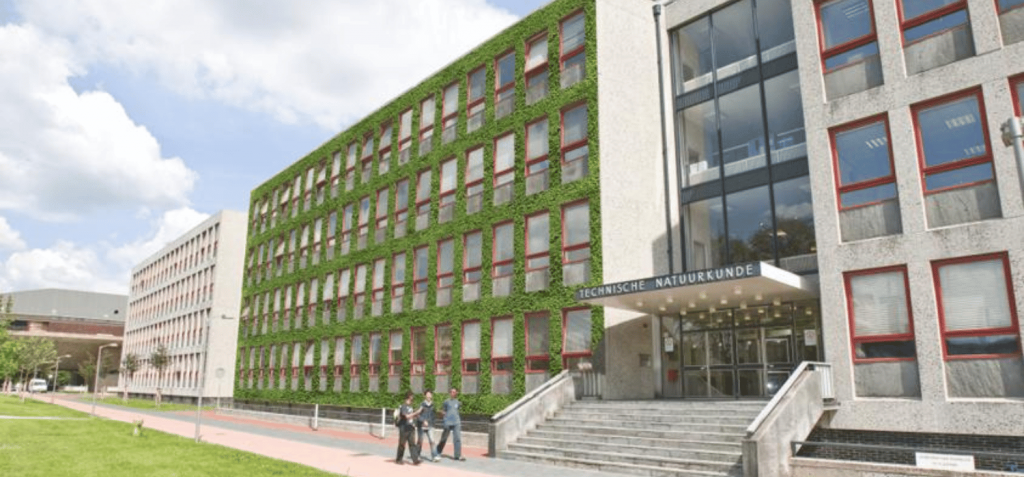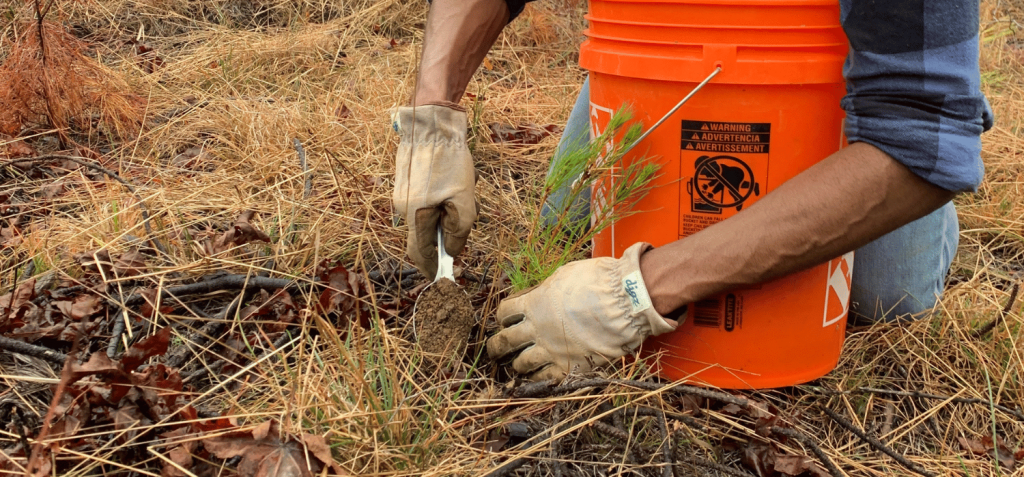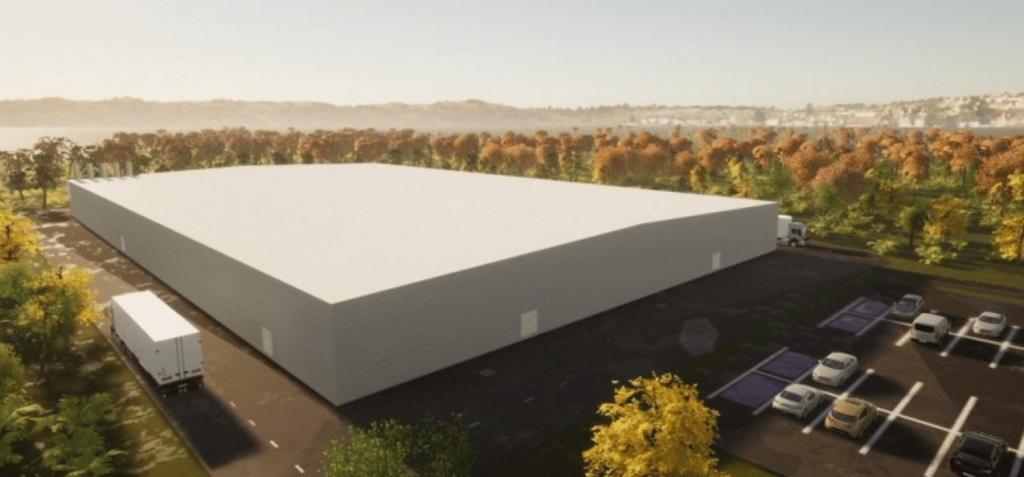Deeply, rapidly, sustainably: what Springwise learned from the IPCC update
Features
The IPCC has released its latest assessment on the state of our knowledge on climate change – what does it mean for innovation?
The latest assessment report from the Intergovernmental Panel on Climate Change (IPCC) – the UN body tasked with advancing scientific knowledge of climate change – is stark, clear, and not entirely without hope. It’s important because it sets the direction of travel for the next 8-10 years of climate negotiations. Unsurprisingly, it shows that the window for intervention in the form of rapid emissions cuts is closing, rapidly.
It also shows that in the early 2030s we are almost certainly going to bust through the goal of limiting the rise in global temperatures against base levels to 1.5 degrees Celsius. This loss of the 1.5 degrees limit (indeed some countries are already at 1.5 degrees) is obviously very bad news. It will likely mean the rapid degradation of vulnerable ecosystems – we know for example that 90 per cent of coral reef could be lost. But the update gives us a mandate to fight to limit the global temperature rise by every fraction of a degree possible.
The strongest message from the report for us at Springwise is that the technology is there. Moreover, the technologies are scalable and increasingly affordable. Of course, we know this, because we bring you new interventions every day. But this is the first IPCC report where technology does such heavy lifting, and we think the faith is accurately placed.
According to the global consensus of scientists that makes up the IPCC, 1.5 degrees is not a single tipping point but it brings bigger risks to human health and livelihoods, and to the natural world around us. The report tells us there is no place for fossil fuel subsidy or extension, and every place for batteries and renewables. Technology and innovation must be deployed now.
Speaking at the press conference to launch the report, Inger Andersen, Executive Director of the UN Environment Programme, made an important plea: “We must move from climate procrastination to climate activation, and we must begin this today.” In her speech, she highlighted that “we already have the tools” to make a positive impact. This is where we can be hopeful. Read on for exciting recent innovations in each of the seven areas Andersen cites as already having the technology to “get the work done.”
1. Renewable Energy

SOLAR KITS AND LANTERNS FOR UNELECTRIFIED COMMUNITIES
According to the International Energy Agency (IEA), around 770 million people live without electricity. And in Sub-Saharan Africa, only around 50 per cent of people have access to grid electricity, with this number dropping even lower in rural areas. Qotto, which operates in Burkina Faso and Benin, designs and distributes standalone solar kits and lanterns to some of the least electrified regions of Africa. It employs a pay-to-own model that makes the kits affordable for more people. The basic kit includes a solar panel, battery, 12-volt sockets, four LED lamps, and one USB socket. The company also provides centralised control of the solar systems and paperless payment by mobile phone. Read more
2. Energy Efficiency

AI HELPS TO DECARBONISE ENERGY-INTENSIVE BUSINESSES
Together, heavy industry and transportation produce 40.4 per cent of the world’s annual greenhouse gas (GHG) emissions. Each sector has its own particular challenges in reducing pollution, and every manufacturing plant has its own individual machinery and processes. That complexity makes it challenging for businesses in sectors like steel, cement, telecoms, and automotive to identify ways to reduce emissions, implement changes, and track progress against company goals. Startup QiO Technologies has developed a suite of AI-powered software tools to improve production efficiency, track the performance of every machine, and provide service and maintenance support. Read more
3. Green transport

SOLAR-POWERED BIKES AND TRICYCLES OFFER SUSTAINABLE TRANSPORT TO RURAL COMMUNITIES IN ZIMBABWE
It is vital that the world moves away from fossil-fuel-powered vehicles. But the transition to green transport is not only about people in developed countries trading in their gas guzzler for a Tesla. In developing countries such as Zimbabwe, it is important that people can access the economic benefits of improved transport links in a sustainable way. And there are unique challenges when it comes to rolling out electric vehicles in Sub-Saharan Africa. For example, while there has been investment in new roads in recent years, many road networks remain poor quality or don’t reach rural communities. In response, startup Mobility for Africa provides affordable and renewable small-scale electric vehicles for rural areas. These vehicles, which include bikes and tricycles, are suitable for off-road driving and will help to connect remote communities with convenient and sustainable transportation options. Read more
4. Green urban infrastructure

MOSS-FRIENDLY CONCRETE MAKES BUILDINGS FEEL MORE NATURAL
Innovators around the world are exploring how greenery can be incorporated into the fabric of urban spaces. With a proprietary mix of recycled concrete aggregates, other waste streams, natural acids, and nutrients, Dutch startup Respyre produces bioreceptive concrete that provides the perfect home for moss. Moss walls clean the surrounding air, provide an aesthetically pleasing green space, reduce noise pollution, and lower a building’s heating and cooling costs. Respyre’s concrete contains the perfect mix of porosity, nutrients, and water retainment to support the growth of moss. Read more
5. Halting deforestation

USING DRONES TO REFOREST TROPICAL REGIONS
According to the Food and Agriculture Organization of the United Nations, the global area covered by primary forest has decreased by over 80 million hectares since 1990. Looking to reverse this trend is French startup MORFO. The company is developing drones that will analyse areas of depopulated tropical and sub-tropical forest from the air. This analysis will then be used to identify which seeds will be best for replanting each patch of forest. MORFO claims that the drones can process up to 50 hectares of forest imagery daily, and this work will, in turn, make space for precise reforestation using the appropriate studied and lab-tested plant species. Read more
6. Ecosystem Restoration

TACKLING CLIMATE CHANGE WITH FOREST FUNGAL NETWORKS
Research from ETH Zurich has found that restoration of underground fungal communities can significantly accelerate plant growth and carbon capture. Building on this insight, startup Funga plans to use DNA sequencing and AI to generate profiles for a healthy fungal microbiome in around 1,000 different forests. This will help it identify the right combination of wild fungi in each location to promote tree growth and maximise carbon sequestration. The company will also establish around 1,000 hectares (around 2,500 acres) of forest and soil fungal communities – creating an ‘ideal’ environment for carbon removal. Read more
7. SUSTAINABLE FOOD SYSTEMS

COMPUTER VISION, AUTOMATION, AND MACHINE LEARNING BOOST INSECT FARMING
Experts are becoming increasingly concerned about how the world’s growing population will be fed in an equitable and sustainable way. One solution is edible insects – both for human consumption, and as animal feed. Insects require far less space and fewer resources to farm than other proteins like beef or chicken, but producing them en masse has proved challenging so far. Now, tech company Entocycle uses smart technology to help insect farms work efficiently and sustainably (and manage billions of insects at any one time). Read more
For more innovations, head to the Springwise Innovation Library.
22nd March 2023

